Chapter 6
1/64
There's no tags or description
Looks like no tags are added yet.
Name | Mastery | Learn | Test | Matching | Spaced |
|---|
No study sessions yet.
65 Terms
These are functions with degrees higher than 2
What are polynomial functions?
These are functions with a degree of 3
f(x)=ax³+bx²+cx+d
What are cubic functions?
These are functions with a degree of 4
f(x)=ax^4 +bx³ +cx²+dx+e
What are quartic functions?
These are points on Poly functions where the curve is increasing or decreasing. Also called turning points
What are local extrema points?
This is a point where the curve changes decreasing to increasing
What are local minimum point?
This a point where the curve changes from increasing to decreasing
What is a local maximum point?
This is the highest point on an interval
What is the absolute maximum point?
This is the lowest point on a graph over an interval
What is the absolute minimum point?
These are functions with either 0 or 2 turning points and the end behavior is one opening up and the other opening down
What are cubic functions?
These are functions with either 1 or 3 turning points and the end behavior is both opening up or opening down.
What are quartic functions?
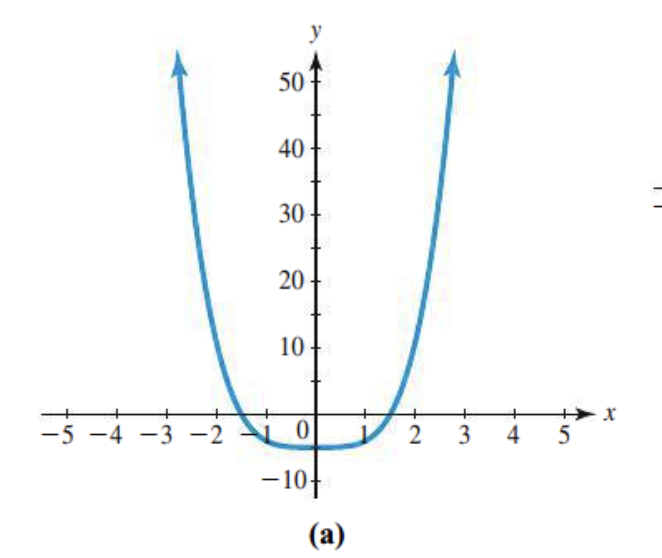
The number of x-intercepts
There are two x-intercepts that are crossing the graph
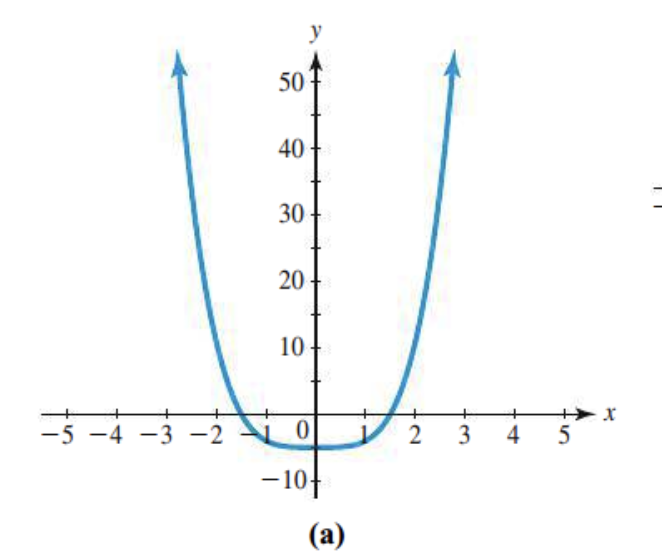
Number of turning points
Only 1, its going from decrease to increasing
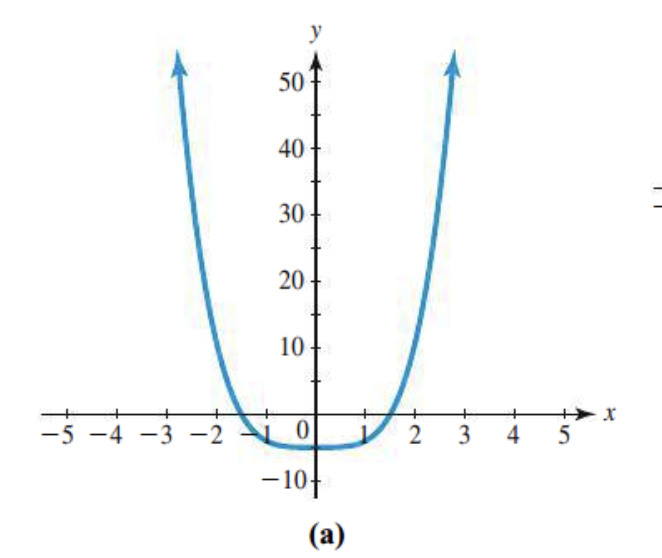
Leading coefficient?
Finish up- Positive
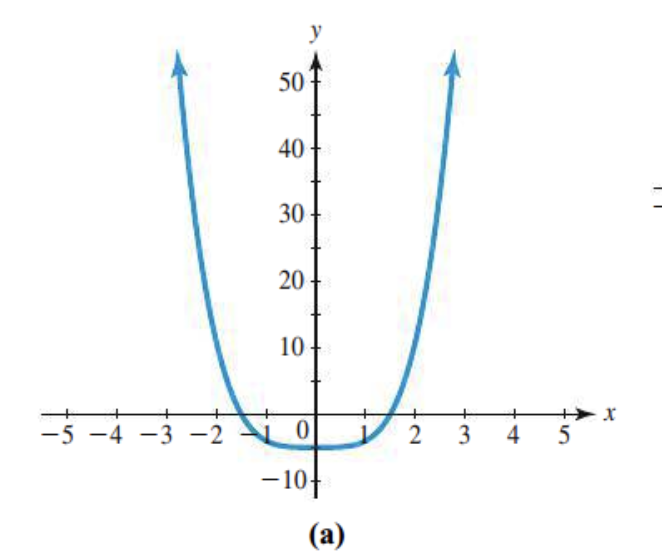
Odd or even degree?
The degree is even as both end behaviors are the same
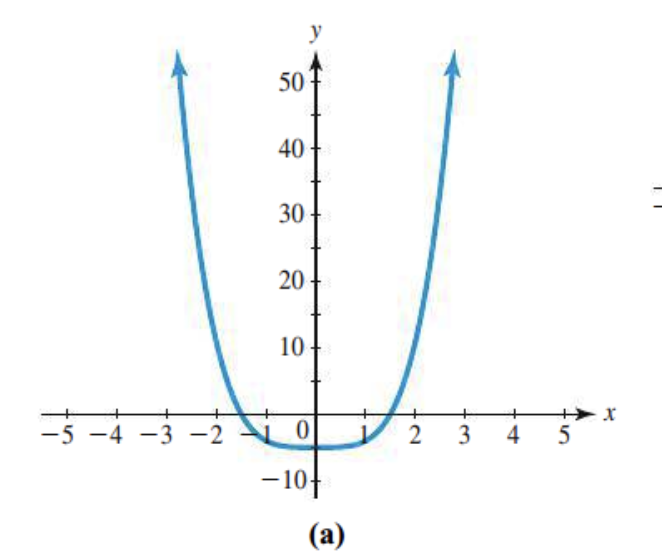
End behavior?
Positive/ same
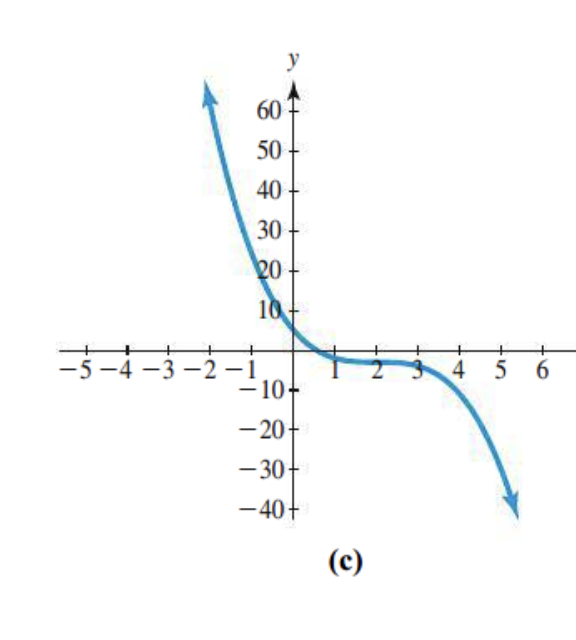
Number of x-intercepts
One x-intercept
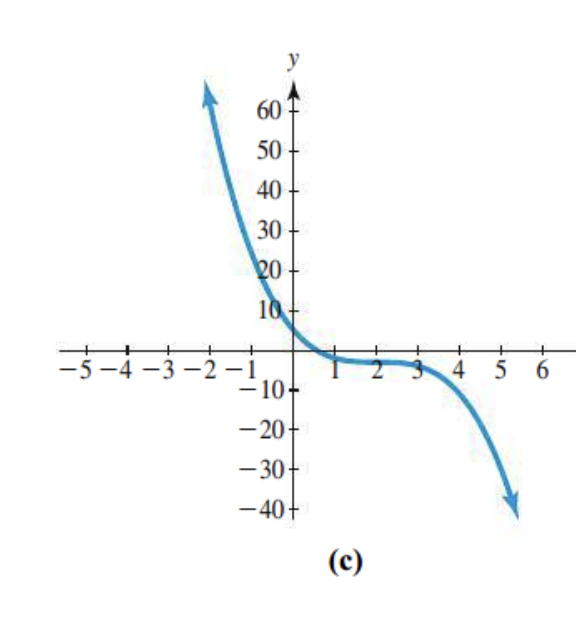
Number of turning points
Didnt change direction: 0

The leading coefficient
It finishes down, its negative
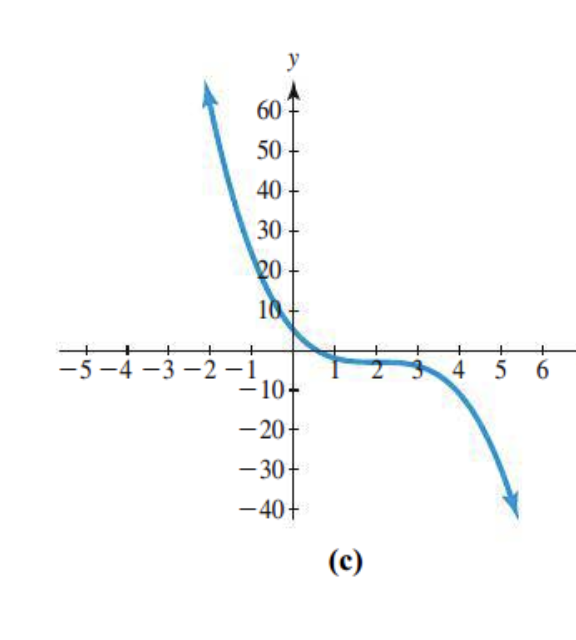
Odd or even degree?
Direction end degrees: odd
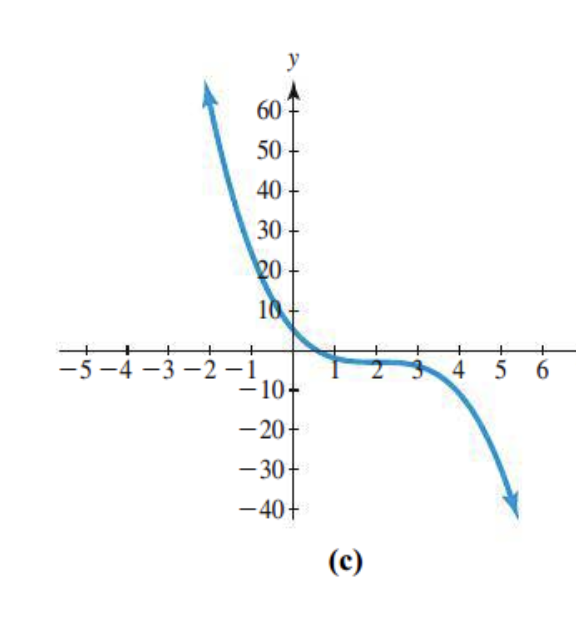
End behavior?
Opposite direction
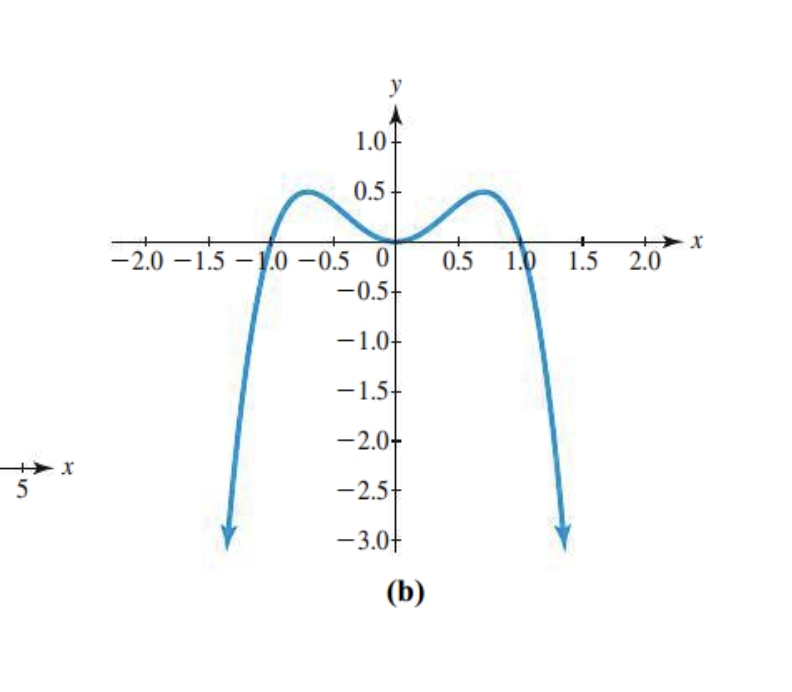
Number of x-intercepts
there are 3 intercepts
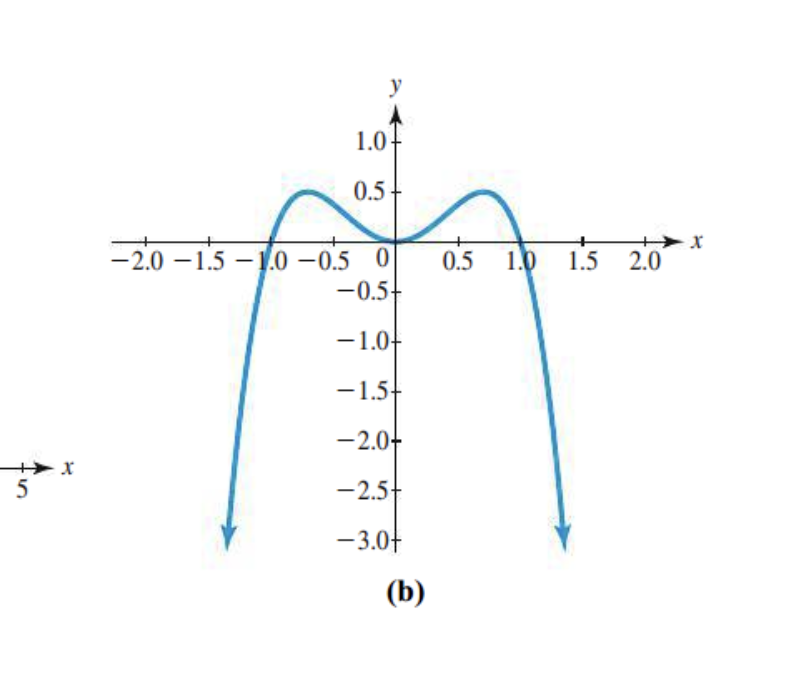
Number of turning points
There are 3 turning points
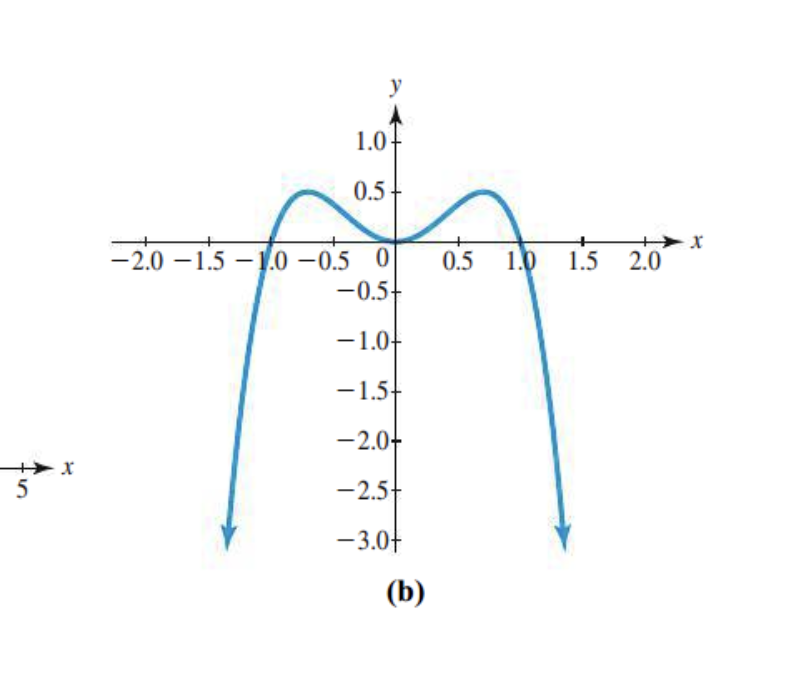
The leading coefficient?
Finishes down: negative
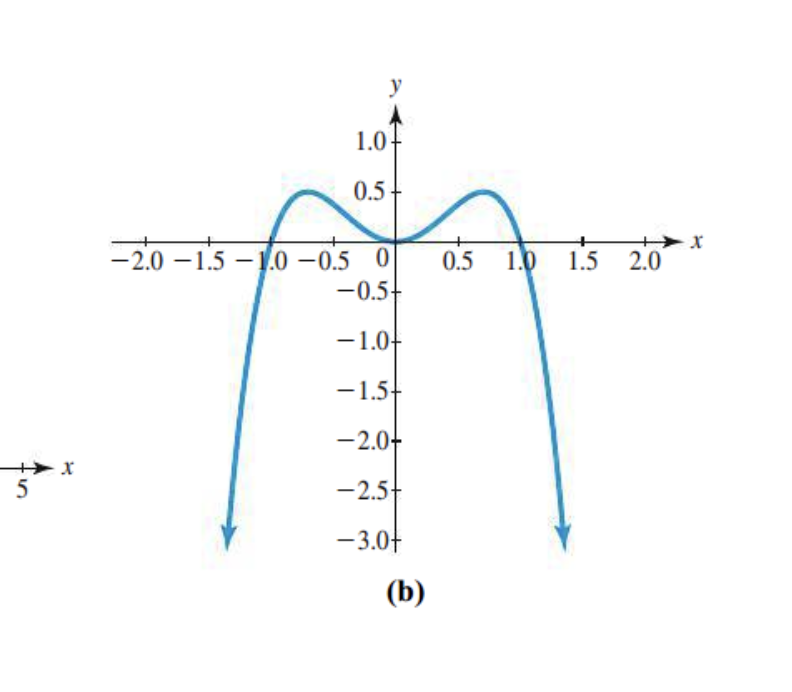
Even or odd degree?
Same direction: even
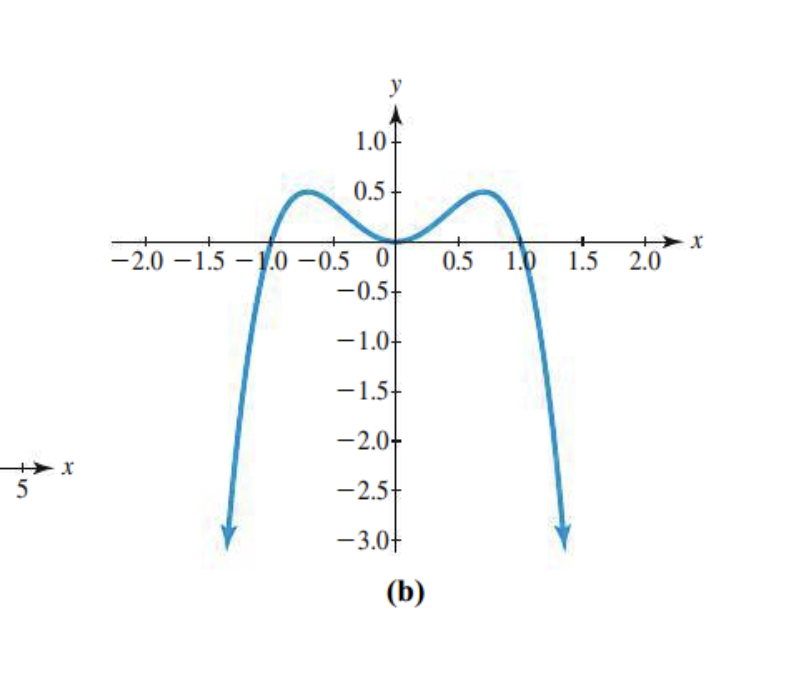
End behavior?
Same
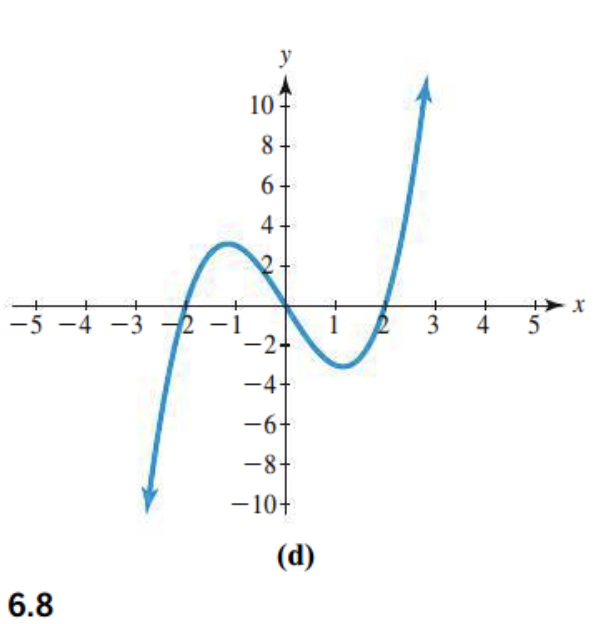
x intercepts?
there are 3 points

turning points
2 turning points

leading coefficient?
finishes up: positive
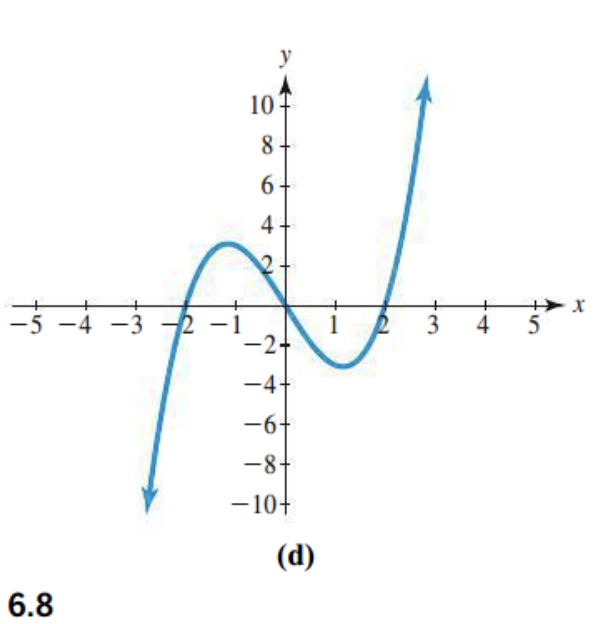
Odd or even degree?
Different end directions: odd

End behavior?
Opposite directions.
If the graph ends in the same direction, what is the degree?
The graph would be even
If the graph ends in opposite directions, what is the degree?
The graph would be odd.
If the graph is an even degree, what is the end behavior
The end behavior would be in the same direction
If the graph is an odd, what is the end behavior
The end behavior would be in opposite directions.
If the graph finishes up, what is the LC?
The leading coefficient is positive.
If the graph finishes down, what is the LC
The leading coefficient is negative.
y=x^4+28x³+292x²+1344x+2304
how to find local minima?
graph the equation
minimum point where turning point is
=x^4+28x³+292x²+1344x+2304
how to find local maximum?
graph the equation
maximum point where turning point is.
Sketch a graph of any cubic polynomial function that has a positive leading coefficient and one x-intercep
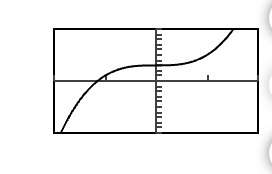
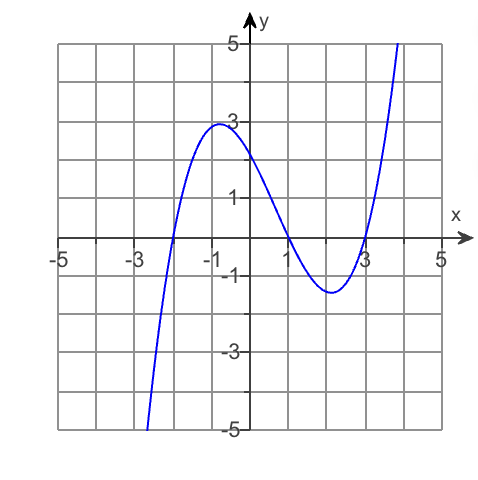
What are the x-intercepts?
-2,1,3

What is the LC
Positive
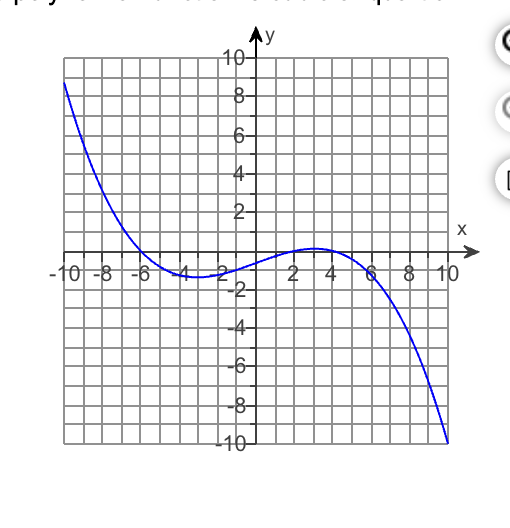
What are the x-intercepts
-6,2,4
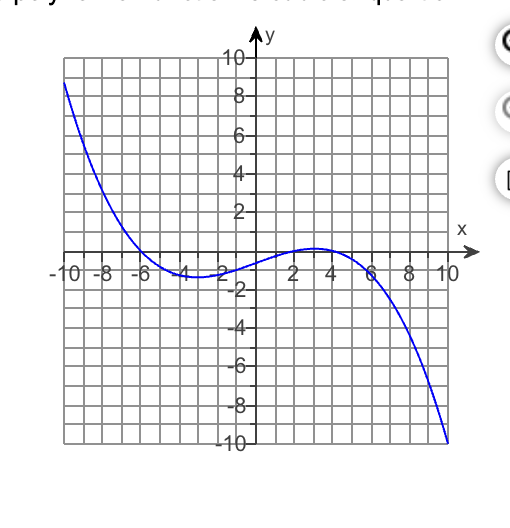
what is the leading coefficient?
Negative
This is the general form of circles
Ax²+Ay²+Bx+Cy+D=0
For circles: This is the formula for finding distance between two points
d = √((x₂ - x₁)² + (y₂ - y₁)²)
For circles: This is the formula of a line segment joining (x1,y1) and (x2,y2), this is also called the midpoint formula, helpful for finding centers when give points from the radiussy
(x1+x2/2), (y1+y2/2)
This is the standard form of a circle
(x - h)² + (y - k)² = r²
(x+1)²+(y-2)²=16,
Find the center
Opposite signs
(-1,2)
(x+1)²+(y-2)²=16
Find the radius
4 (since r² = 16)
The center of a circle is (-1,2) and the radius is 4, how would you graph the circle
You would plot the center point at (-1,2) and use a compass or draw freehand to create a circle with a radius of 4 units around that center. (Up, down, right, and left)
A circle with endpoints of a diameter at (3,-3) and (-6,2): Find the midpoint
Midpoint:
(3+(-6)/2)= -1.5
-3+2/2= -0.5
(-1.5,-0.5) and (3,-3): Use the distance formula
d = √((x₂ - x₁)² + (y₂ - y₁)²)
Change answers into fractions
(9/2)²+(-5/2)²= (81/4) + (25/4) = 106/4= 106/2
(x-2)²+(y+3)²=9: Find the center and radius
Center: (2,-3), Radius: 3
Find the domain: 3x²-5/x+2
The domain is all real numbers except where the denominator equals zero, specifically x ≠ -2.
x+2=0
-2 on both sides
x=-2
(-infinity, -2) U (-2, infinity)
Find the domain: 1/x²-25
The domain is all real numbers except where the denominator equals zero, specifically x ≠ 5 and x ≠ -5.
x²-25=0
+25 on both sides
square root of 25, x=-5, x=5
(-infinity, -5) U (-5,5) (5, infinity)
Find the domain: x²-4/x-2
The domain is all real numbers except where the denominator equals zero, specifically x ≠ 2.
x-2=0
x=2
(-infinity, 2) U (2, infinity)
Horizontal Asymptote: If your top is larger than your twink
Top destroys twink, no more horizontal asymptote
Horizontal Asymptote: If you top and twink are vers (8x^4-3x/4x^4-7)
The degrees of the numerator and denominator are equal, the horizontal asymptote is found by dividing the leading coefficients, which in this case is : 8/4=2
Horizontal Asymptote: If your TWINK overpowers your top
Horizontal ass would be y=0
graph the equation: x²+y²-6x-10y=2
Group the bitch
x²-6x/ 2=-3²=9 / (x-3)²
y²-10y /2=-5²=25/ (x-5)²
2+25+9= 36
(x-3)²+(y-5)²=36
Give me the center and radius: (x-3)²+(y-5)²=36
You flip the h and the k, and square root the equal sign
Center (3,5) radius 6
Write the equation of the circle with center at (-3,4) and radius 5
Formula: (x-h)²+(y-k)²=r²
You flip the signs and square the radius
(x+3)²+(y-4)²=25
Write equation in standard form with center at (-8,0) and radius of 8
(x+8)²+y²=64
Write equation of the circle with center (2,-3) and radius 3/2
(x-2)²+(y+3)²=9/4
Final the center and radius of the circle with given equation: (x-10)²+(y+2)²=70
Center: flip the signs (10,-2)
Radius: Square root the answer: Square root of 70